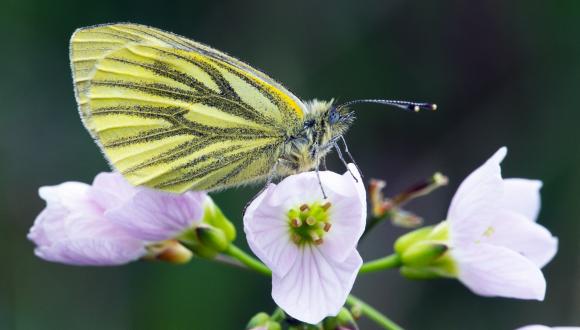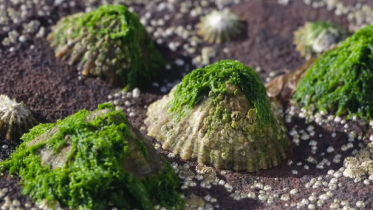
Seabird numbers decline by almost 50%
03 September 2021
Numbers of breeding seabirds in Scotland have declined by almost 50% since the 1980s, a new report shows.
NatureScot has published its latest biodiversity indicator looking at 11 species of breeding seabirds.
The results show that numbers fell by 49% between 1986 and the most recent estimate in 2019.
Arctic skua continues to show the largest decline (81%), with reductions in the availability of sandeels and increased predation from great skuas understood to be factors affecting the species. Common tern numbers have also dropped sharply by 48%.
Meanwhile guillemot numbers have increased by 17% since 2016 and are now at a similar level to the early 2000s.
Other species – such as herring gull – also appear to be stabilising, albeit at lower levels than the 1986 baseline year.
Simon Foster, NatureScot’s Trends & Indicator Analyst, said: “While there are some positive signs of stabilisation in some species, overall our internationally important breeding seabird populations are continuing to decline.
“We know that these declines are driven by factors including climate change, fisheries and invasive non-native species.
“The Scottish Government’s forthcoming Scottish Seabird Conservation Strategy will be a crucial step in shedding more light on the pressures and threats that our seabirds face and setting out action to help secure their future.”






